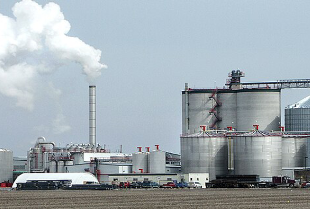India Becomes Third Largest Ethanol Producer and Consumer
India has recently become the third-largest producer and consumer of ethanol in the world. This change is thanks to important policy changes made by the Indian government to encourage the use of biofuels and improve energy sustainability.
Government Initiatives
The government has launched several programs to increase ethanol production, including financial support for sugarcane farmers and manufacturers. These policies aim to make more ethanol available for blending with fuels, reduce reliance on fossil fuels, and support farmers in rural areas.
Industry Conference
In September 2024, the India Sugar & Bio-Energy Conference was held, organized by the Indian Sugar & Bio-Energy Manufacturers Association (ISMA). This event gathered policymakers, industry leaders, and other stakeholders to talk about the future of the sugar and bio-energy sectors.
Conference Theme
This year’s conference theme, “Harmonising Sweet Sustainability: Navigating India’s Path to a Green Economy,” focuses on developing sustainable practices in the sugar and bio-energy industries. It aims to encourage teamwork and innovation in finding eco-friendly solutions.
Growth Opportunities
Through discussions at the conference and government policies, participants hope to find new growth opportunities in ethanol production, improve supply chains, and promote sustainable farming practices that fit with India’s green economy goals.
By focusing on ethanol, India is working to become a leader in the biofuels sector. This effort supports energy security, environmental sustainability, and the agricultural economy.
What is Ethanol?
Ethanol, also known as ethyl alcohol, is a renewable biofuel made from plants. It is used in drinks and as a solvent. Interestingly, ethanol has less energy than gasoline, providing only about 67% of the energy when burned. During fermentation, yeast changes sugars into ethanol and carbon dioxide. Ethanol has been used as fuel since the 19th century and can also be produced from waste materials like agricultural byproducts and organic waste.
Month: Current Affairs - September, 2024
Category: Reports & Indexes Current Affairs








